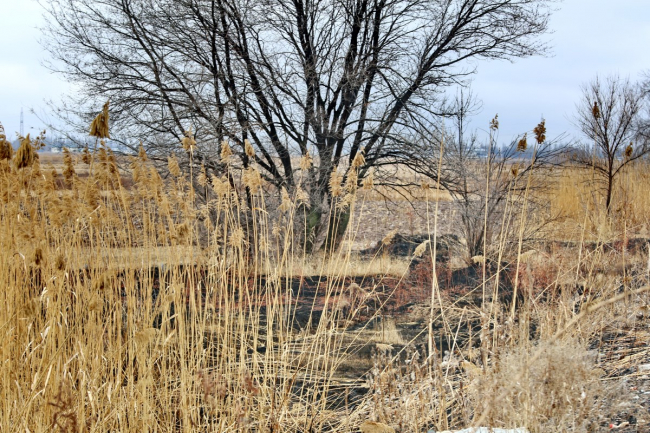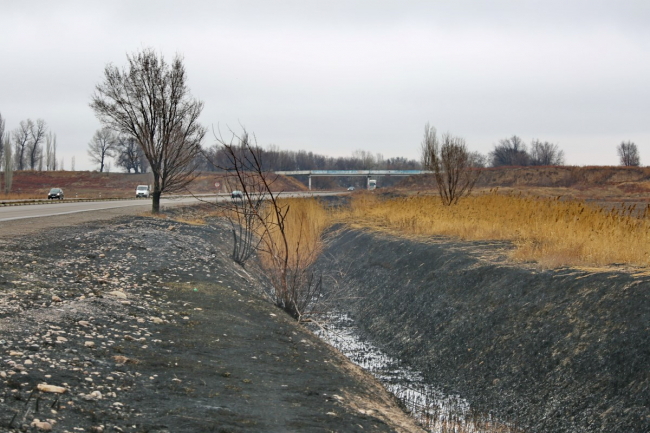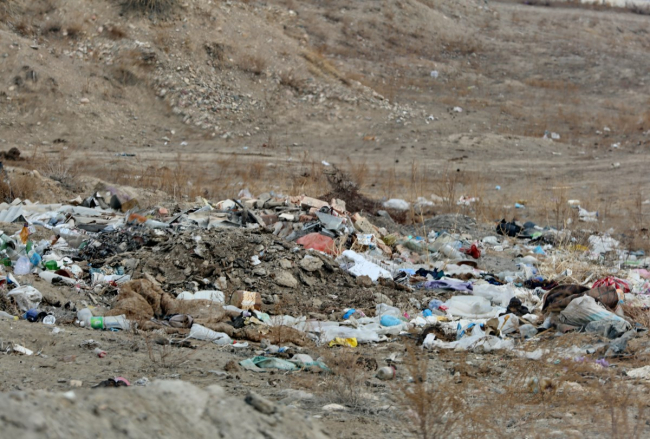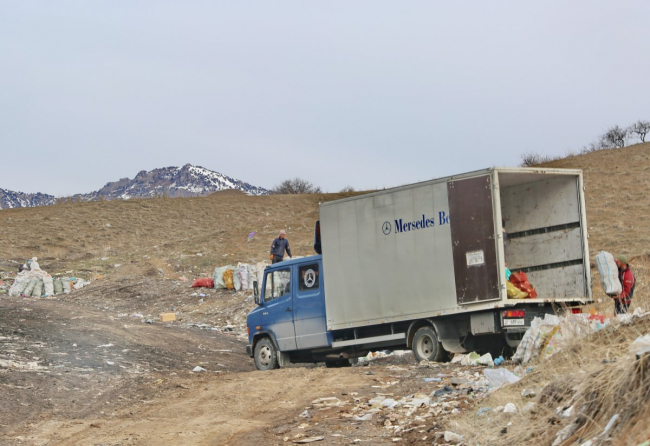Paly Kamysha 37km Bypass. MTF - Village of Kenes
42°57’3479″N 74°56’1639″E This phenomenon is familiar to everyone, and the sight of black, smoking fields does not cause concern for anyone. But there is a reason to be concerned! Gardeners and rural residents begin preparing their plots for the new season. The simplest way to get rid of last year's dried plants is to set them on fire. Moreover, there is still a belief that such a measure improves soil fertility.










